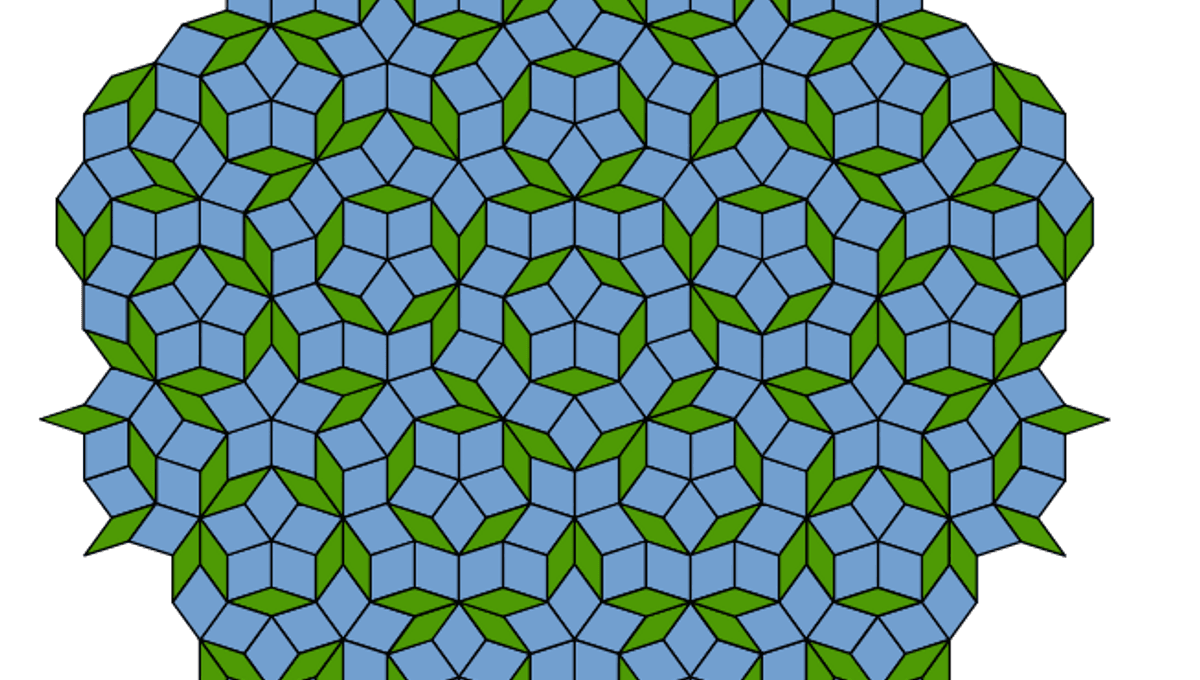
Back in 1973, British mathematical physicist Roger Penrose described “Penrose tiles,” two shapes that can be placed together in a neverending, non-repeating pattern. Not only did it look pretty, it challenged some of the conventional ideas around symmetry and periodicity. It was thought to be groundbreaking – and in most respects, it was – but it transpired that medieval Islamic artists had beaten modern mathematics to the punch.
Several years ago, Harvard physicist Peter Lu was visiting Uzbekistan when he came across a 15th-century CE building that was beautifully decorated with intricate tiling. In 2007, Lu published a study that showed the pattern was Penrose tiling, 500 years before Penrose.
“We can’t say for sure what it means,” Lu told the Harvard Gazette.
“It could be proof of a major role of mathematics in medieval Islamic art or it could have been just a way for artisans to construct their art more easily. It would be incredible if it were all coincidence, though. At the very least, it shows us a culture that we often don’t credit enough was far more advanced than we ever thought before,” Lu added.
The rabbit hole might go even deeper. Speaking at a TED Talk in April 2022, Terry Moore explains how similar repeating patterns have ended up in the creations of cultures across the world, from the architecture of Ancient Egypt and Ancient Greece, to the artworks of the Aztecs and Aboriginal Australians.
While it’s wrong to call all of these patterns Penrose Tiles, Moore suggests they bear strong aesthetic similarities and ultimately hope to express the same thing: the beautiful complexity of human life and the hidden underlying unity that underpins it.
Some might call this hidden underlying unity “god” or the “one-ness of the universe,” while others may give it a fancy scientific name like the “undifferentiated aesthetic continuum.” Whatever you call it, it appears to be a feeling that has captured the human imagination for thousands upon thousands of years.
“When we see these wonderful designs created by cultures that are separated from our own by thousands of miles or thousands of years, we can know these aren’t decorations. These are statements about the fundamental values that culture had,” Moore concludes.
“They’re a statement. They’re a message,” he added.
Source Link: Why Does This Pattern Keep Showing Up In Different Cultures Throughout History?